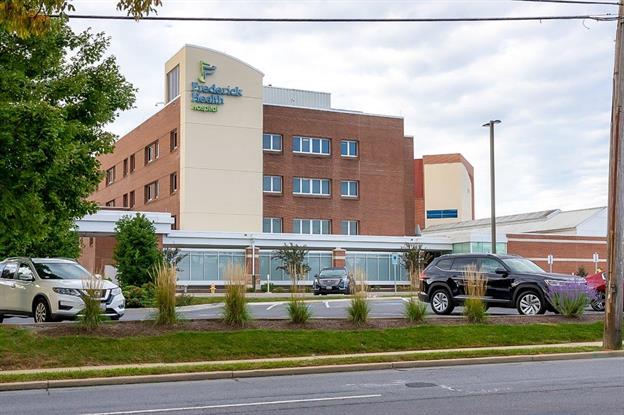How to Care for Wounds and Burns
- Category: Frederick Health Medical Group
- Posted On:
- Written By: Frederick Health
Caring for a wound or burn and ensuring it heals properly is essential for preventing infection and minimizing scarring. By giving continuous attention to your wound’s healing and bandages, the risk for infection and other complications greatly decreases. Antibiotic ointments applied to the wound or burn in the early stages of healing will keep the skin around your wound soft, minimizing scarring.
If you or a loved one has an open wound, follow these steps to protect yourself.
- Keep open wounds as clean as possible by washing thoroughly.
- Cover clean, open wounds with a waterproof bandage to reduce the chance of infection.
- Seek immediate medical attention if a wound develops redness, swelling, pus, or other signs of infection. This includes fever, increasing pain, shortness of breath, increased heart rate, and confusion or disorientation.
Safely care for minor wounds such as cuts, scrapes, and abrasions that are near the surface of the skin and less than a quarter of an inch deep.
- Wash your hands thoroughly with soap and water.
- Avoid touching the wound with your fingers while treating it.
- Take off any jewelry or clothing covering the injured body part.
- If bleeding, apply direct pressure to the wound.
- After bleeding has stopped, examine wounds for dirt and other foreign objects.
- Gently flood the wound with clean water or saline solution, if available.
- Pat dry and apply an adhesive bandage or gauze.
- Leave uncleaned wounds, bites, punctures, or burns open. Wounds that are not cleaned properly can trap bacteria and cause infection.
- Check and replace dressings for wounds every 24 hours.
Treat minor, first-degree burns caused by hot liquid or steam, or hot metal, glass, or other objects.
- Hold the burned area under cool (not cold) running water.
- Remove jewelry or other tight items from the burned area before the area swells.
- Do not break blisters. If a blister breaks naturally, clean the area with water and apply an antibiotic ointment.
- Apply lotion once the burn is completely cooled. Choose one that contains aloe vera or a moisturizer. This helps prevent drying and provides some pain relief.
- Cover the burn with a sterile gauze bandage. Wrap it loosely to avoid pressure on the burned area.
Sometimes wounds and burns can’t be treated at home and need immediate medical attention. This is the case if:
- Your burn appears to be charred or has patches of white, brown, or black.
- Your burn is larger than three inches or covers the hands, feet, face, groin, buttocks, or a major joint.
- Your burn was caused by chemicals, an open flame, or electricity.
- Your burn appears to be a third- or fourth-degree burn.
- There is a foreign object such as soil, wood, metal, or other objects embedded in the wound.
- A wound results from an animal bite.
- A wound results from a puncture by a dirty object.
- The wound is infected or pain and soreness, swelling, redness, or draining occurs. Developing a fever is also a sign of infection.
- You have signs of sepsis such as confusion or disorientation, shortness of breath, increased heart rate, fever or shivering, extreme pain, or clammy or sweaty skin.
Sepsis is the body’s extreme response to an infection. Without treatment, it can lead to tissue damage, organ failure, and death. According to the CDC, at least 1.7 million adults develop sepsis each year, and 1 in 3 patients who die in a hospital have sepsis. With proper medical attention and wound care, sepsis and other infections are preventable.
Wounds sometimes heal slowly and require special care. The Frederick Health Wound Care and Hyperbaric Medicine team consists of specialized nurses, therapists, and physicians who provide care and support to those with slow-healing wounds. The team completes a full medical evaluation of your wound and provides the resources you need to heal.


